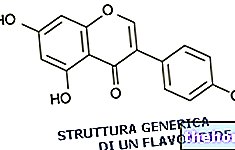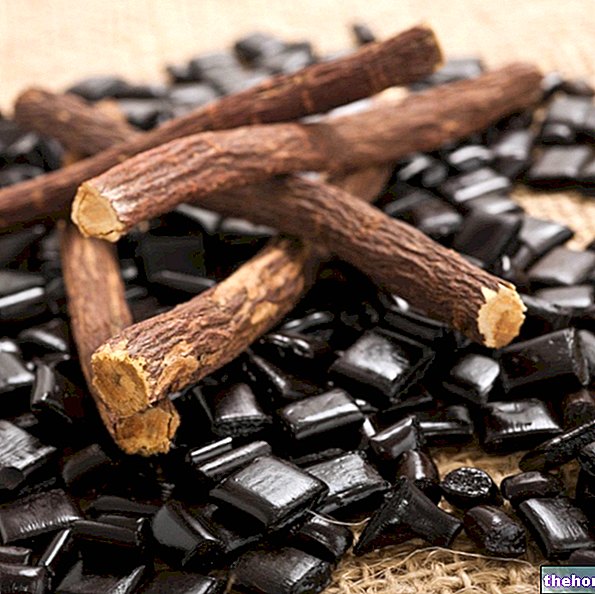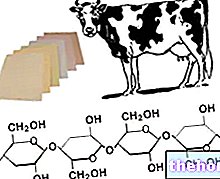Artichoke: Cynara scolymus, grown mainly for food purposes. The drug of this herbaceous plant, biennial or perennial, is constituted by the leaves, in particular by those of the first year.

The phytocomplex of the artichoke - in addition to the flavonoid fraction - also has a fraction called ortho-phenolic, consisting of caffeoyl-quinic acids. An example is cynarin, dicaffeoyl - quinic acid, because it has two molecules of caffeic acid esterified with one molecule of quinic acid. These molecules are part of the phytocomplex of the artichoke and are characterized, similarly to the flavonoids, by the digestive activity; thanks to their bitter taste, in fact, they stimulate gastric and hepatic secretion. The bitter taste of dicaffeoil - quinic acids is combined with the bitter taste of lactonic sesquiterpene compounds: these make the artichoke recognized as an eupeptic drug.Together with these four categories of active ingredients, there are also organic acids, such as tartaric, malic and citric acid, which stimulate the typical gastric function.
Other articles on "Artichoke - Cynara scolymus"
- Milk thistle - Silybum marianum
- Pharmacognosy
- Blueberry




























